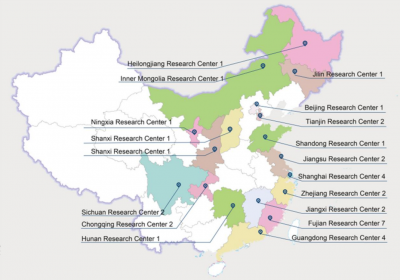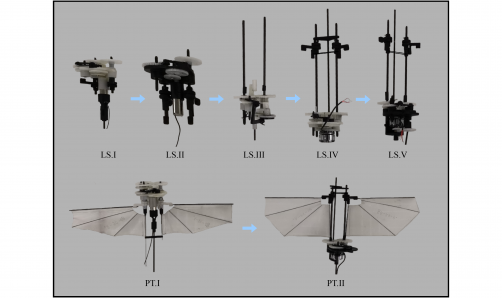URGENT UPDATE: U.S. Defense Secretary Pete Hegseth announced today that the United States and China have agreed to establish direct military communication channels. This significant move comes amid escalating tensions in the South China Sea and is aimed at promoting stability between the two nations.
During a press briefing in Kuala Lumpur, Malaysia, Hegseth revealed that he conferred with his Chinese counterpart, Admiral Dong Jun, late Saturday. He emphasized that bilateral ties have “never been better” and that both nations recognize that “peace, stability and good relations are the best path for our two great and strong countries.”
Hegseth’s announcement follows a tense regional security meeting where he urged Southeast Asian countries to bolster their maritime forces against what he described as China’s increasingly “destabilizing” actions. “China’s sweeping territorial and maritime claims in the South China Sea fly in the face of their commitments to resolve disputes peacefully,” he stated.
The South China Sea remains a major flashpoint, with China asserting claims over almost the entire area, challenging the interests of ASEAN members including the Philippines, Vietnam, Malaysia, and Brunei. Hegseth pointed out that the Philippines, a critical U.S. ally, has faced numerous confrontations with Chinese maritime forces. Manila has repeatedly called for a stronger regional response, though ASEAN has historically balanced its economic ties with Beijing against security concerns.
Earlier this week, Hegseth also spoke with former President Donald Trump, who expressed optimism about U.S.-China relations following a meeting between Trump and Chinese leader Xi Jinping in South Korea. Hegseth remarked on X, “the relationship between the U.S. and China has never been better,” highlighting the importance of ongoing dialogue.
The contrasting tones in Hegseth’s statements reflect a complex U.S. strategy that seeks to balance deterrence with diplomacy. Political analyst Bridget Welsh commented, “This is damage control. It reflects two different currents in U.S. relations with China — one that sees China as a threat and another as a possible partner.”
At the ASEAN meeting, Hegseth criticized China’s recent declaration of the Scarborough Shoal as a “nature reserve,” labeling it an attempt to extend territorial claims at the expense of regional nations. He called for ASEAN to expedite the long-awaited Code of Conduct to regulate behavior in the contested waters and proposed the development of shared maritime surveillance systems to deter provocations.
Hegseth also welcomed planned ASEAN-U.S. maritime exercises set for December, aimed at enhancing regional coordination and upholding freedom of navigation. “A shared maritime domain awareness network would ensure that any member facing aggression is not alone,” he stressed.
In response, China condemned U.S. criticisms, accusing Washington of exacerbating tensions through its military presence. Chinese officials labeled the Philippines as a “troublemaker” for conducting joint drills with the U.S., Australia, and New Zealand, asserting that such actions undermine regional stability.
As this situation continues to unfold, the establishment of military communication channels is seen as a crucial step in preventing miscalculations that could lead to conflict. The world watches closely as both nations navigate these turbulent waters, striving for a balance between cooperation and competition.
Stay tuned for updates as developments emerge from this high-stakes diplomatic engagement.







